It’s hard to come by someone who hasn’t heard of the word “virus” in today's world. A virus is a genetic material that can replicate itself when inside a suitable host. They are acellular, simple obligate pathogens. Viruses are inactive outside of the host cell. And as an obligate pathogen, they are entirely dependent on their host for propagation. Upon entering a suitable host cell, the virus takes control of the host cellular machinery and biochemical processes. The branch of science which is concerned with the study of viruses is called "virology."
A virus is a simple organism; all viruses consist of two components.
- A genome (nucleic acid)
- A protein capsid that covers the genome. The capsid is also known as the “nucleocapsid.”
The viral capsid is made up of small protein subunits called capsomeres. The capsomere acts as a shell that protects the viral genome from enzymes such as nucleases and helps the virus to attach to its host during infection. Apart from these two key components, some viruses contain a phospholipid bilayer known as “envelope,” which covers the nucleocapsid. The outer side of the bilayer features glycosylated membrane proteins. That’s why enveloped viruses often exhibit knobs or spike proteins, also known as “peplomers,” when viewed under a microscope.
Viruses are acellular, which means they do not have a cellular structure. They lack most of the cellular components and organelles, including cytoplasm, ribosome, nucleus, and plasma membrane. But some viruses may contain additional proteins such as enzymes.
An entire virus particle consisting of a genome and a protein capsid is called a “virion.”
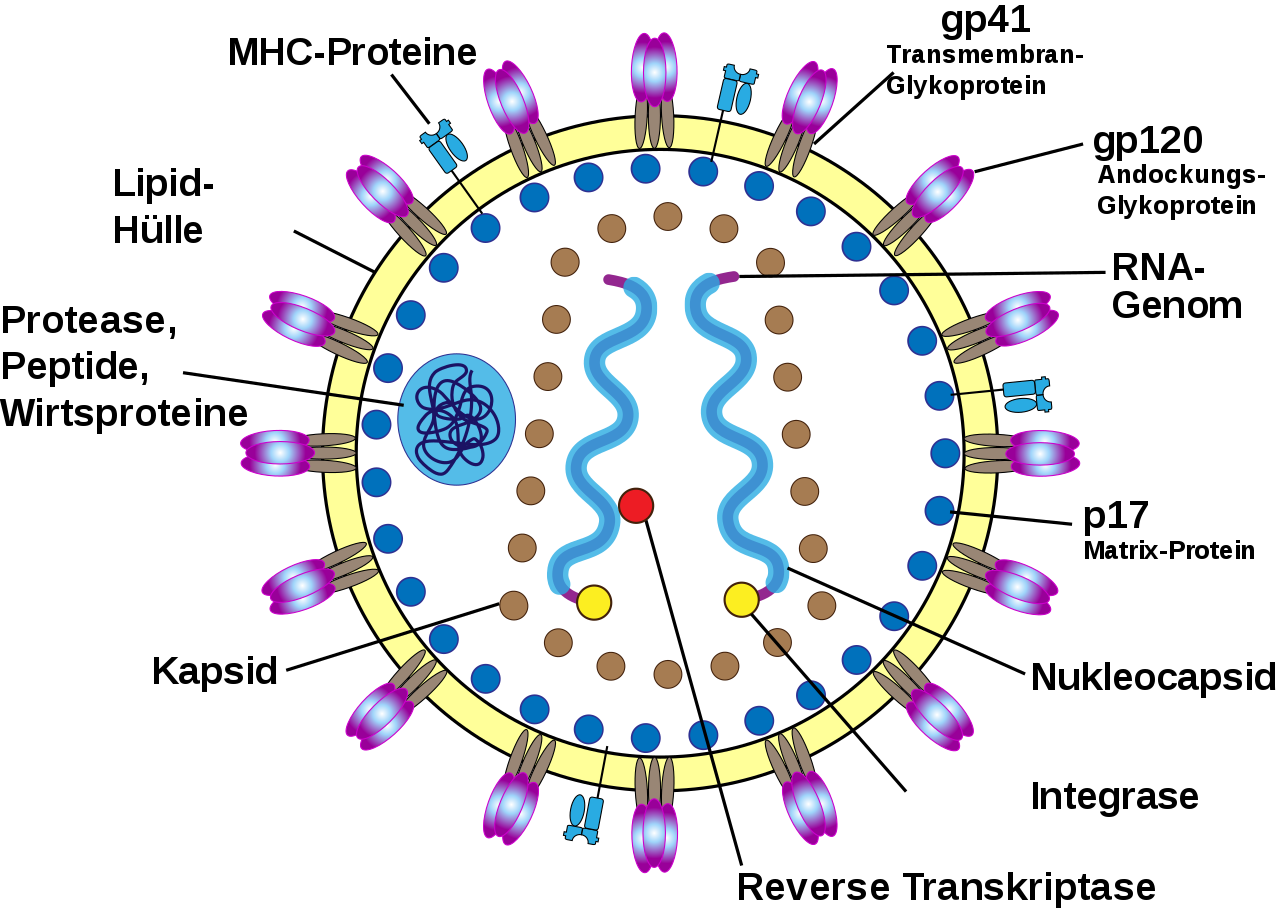
Classification:
Viruses are classified in many ways. Some of these methods include their shape and size (morphology), genetic material (DNA, RNA), presence of an envelope, and the mode of replication.
Morphology:
Viruses come in many shapes and sizes. They are classified into two groups according to their shape:
- Helical, ex: TMV (Tobacco Mosaic Virus)
- Icosahedral, ex: Herpesvirus
In helical viruses, the identical protein subunits or protomers self-assemble into a helical array surrounding the genome. Think of it as a 2d sheet-like structure that folds on itself to form a holo tubelike structure. This association of protomers follows a spiral-shaped stair-like path. The resulting virion looks like a rod-shaped structure.
In icosahedral symmetry, the protein subunits assemble into a shell that looks like an icosahedron covering the nucleic acid. The icosahedron contains 20 equilateral triangular faces and 12 vertices. The icosahedron can be fivefold, threefold, or twofold. An icosahedron with fivefold, threefold, and twofold axes of symmetry is defined as having 532 symmetry.
It is important to note that the helical or icosahedral viruses may or may not feature an envelope. So they can be, enveloped icosahedral, enveloped helical, naked icosahedral and naked helical.
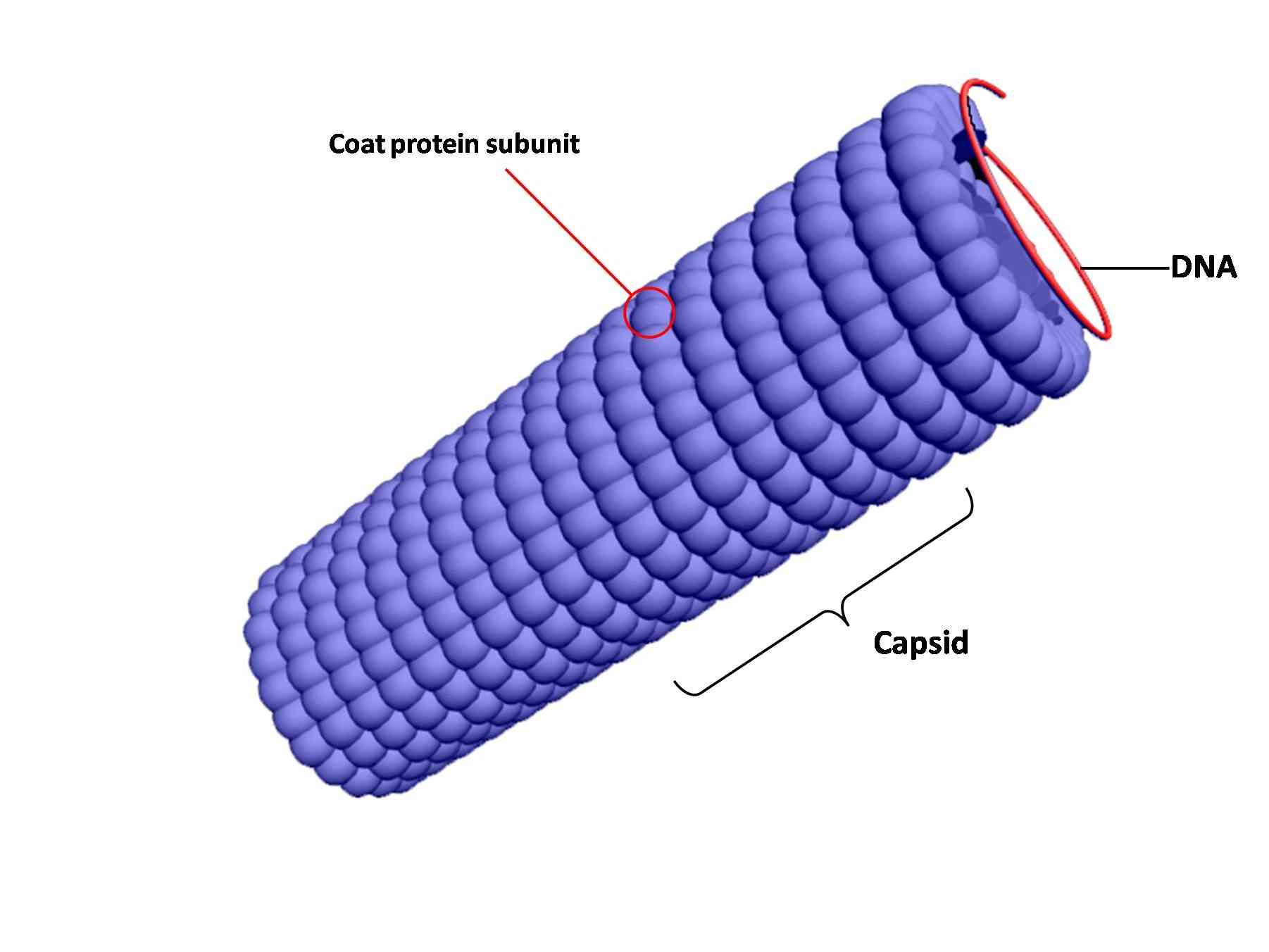
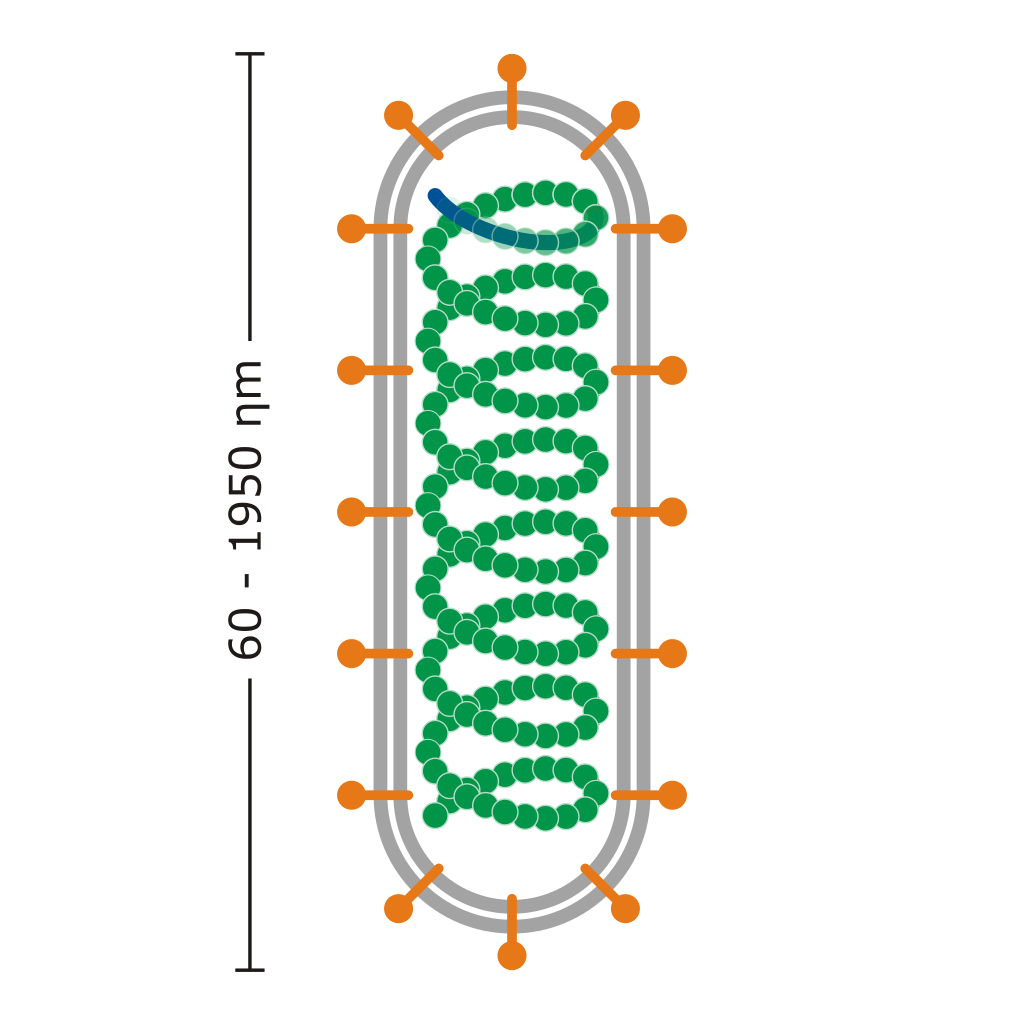
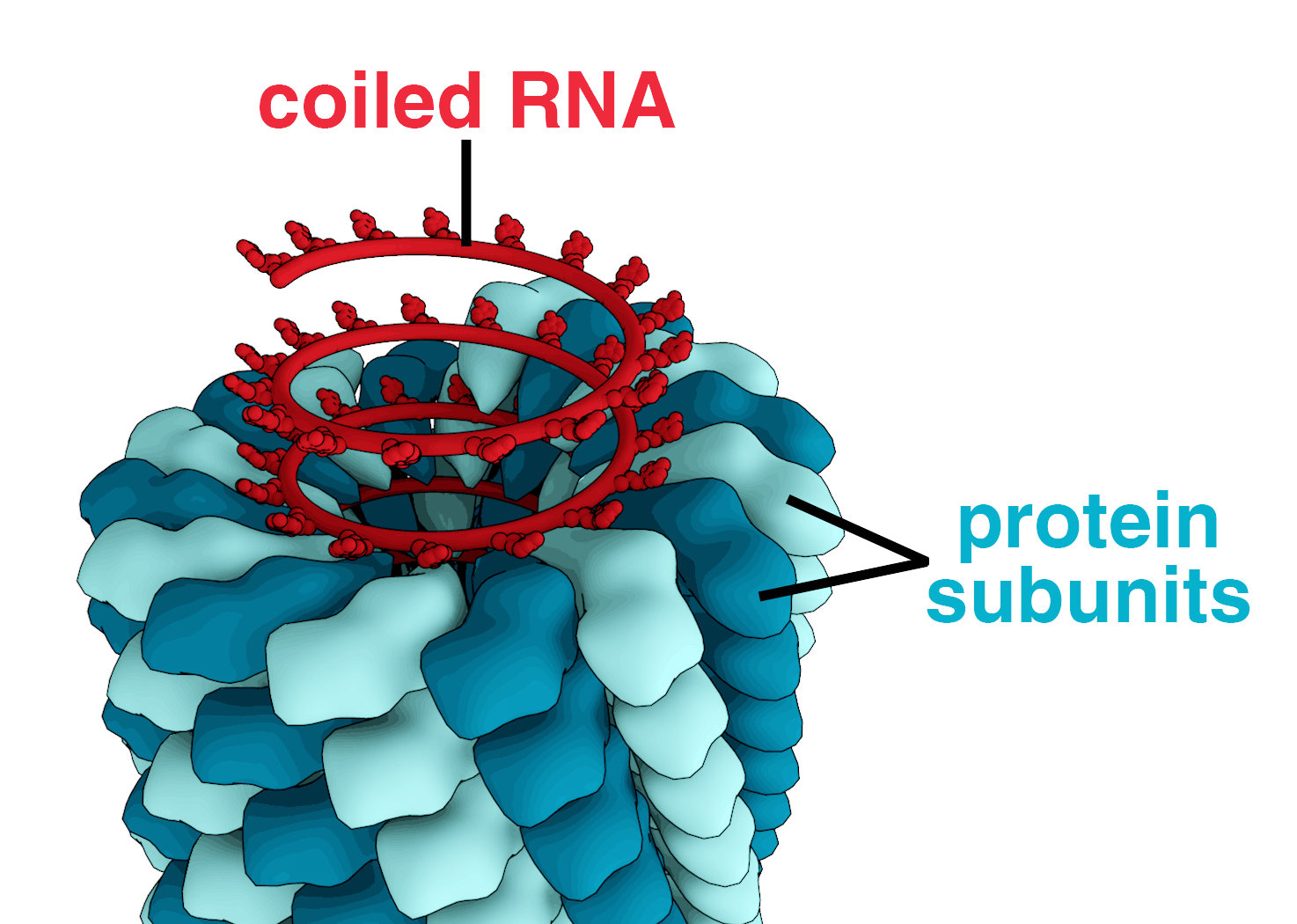
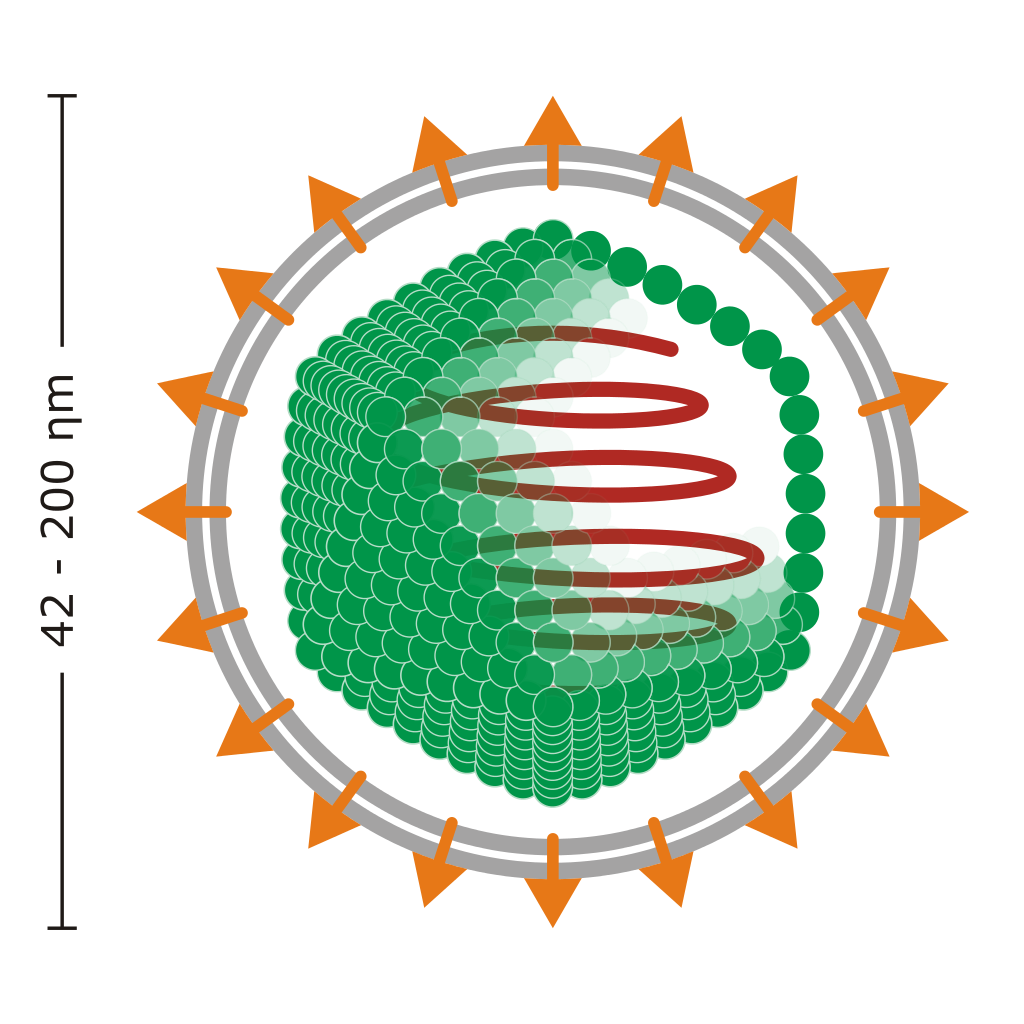
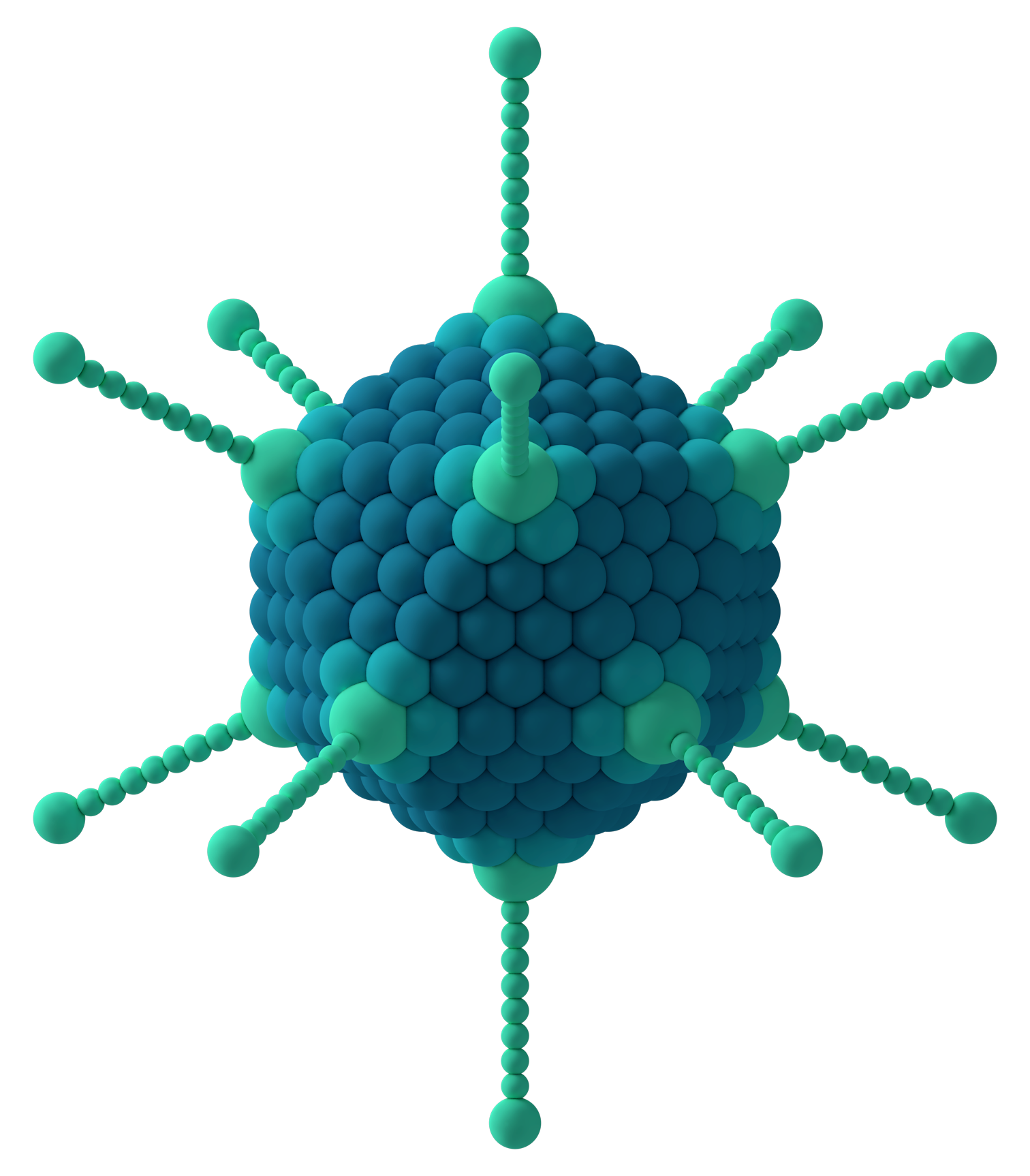
Baltimore Classification of viruses:
Even though most living organisms use DNA as their genetic material, viruses may use either RNA or DNA. That DNA can be single-stranded or double-stranded, which can be linear or circular. And the RNA can be single-stranded or double-stranded (Sounds confusing, right? We have a graphic image to end your confusion).
Some viruses may feature a segmented genome instead of a single nucleic acid. The mode of replication differs depending on what genetic material a virus has, which led to the invention of the Baltimore classification system, which is widely adopted and the most used viral classification system today.
The Baltimore classification system classifies viruses according to how the mRNA is produced during its replication.
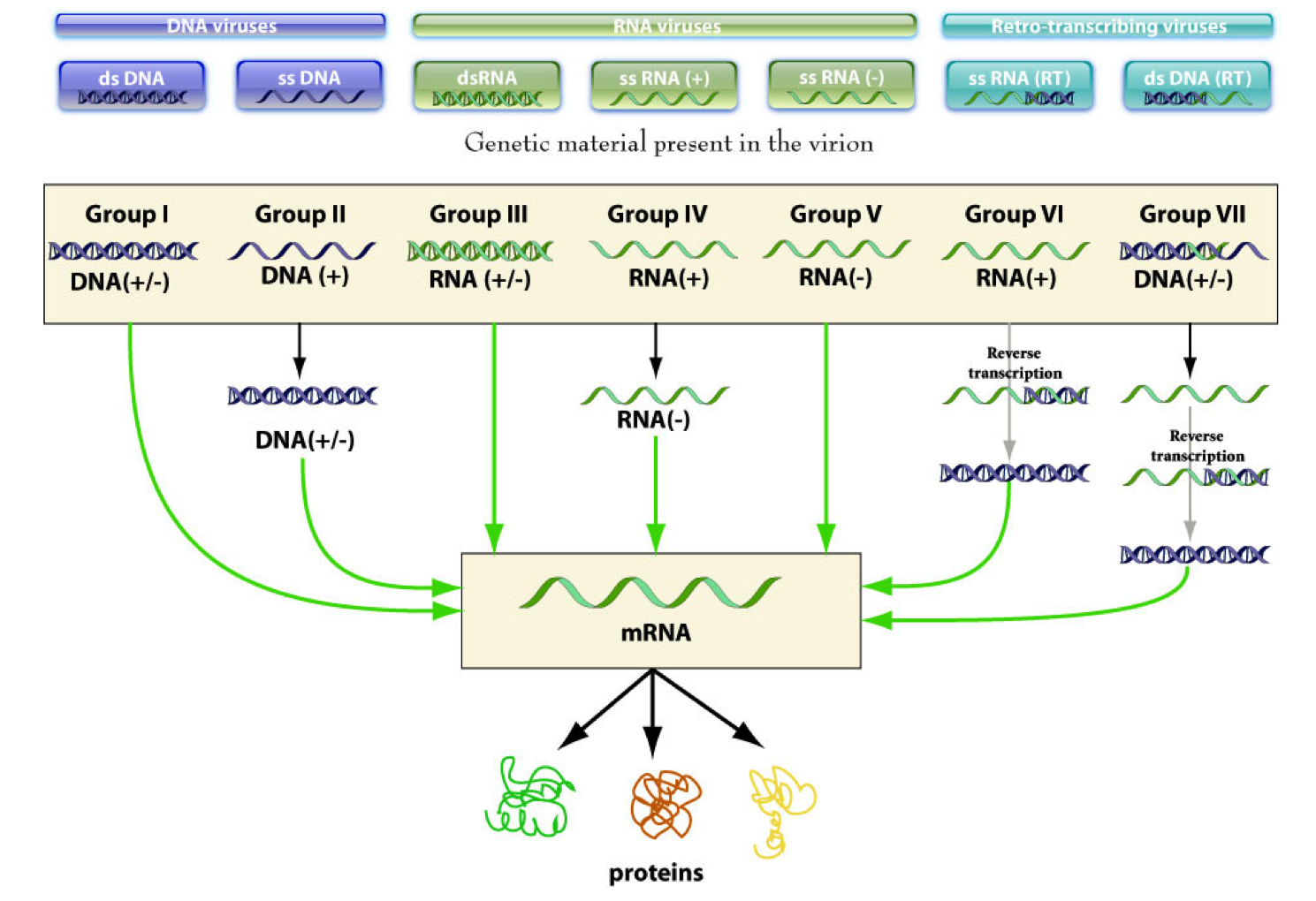
Class I: Double-stranded DNA (dsDNA) viruses:
A double-stranded DNA virus has to enter the host nucleus before it can replicate. It uses the host polymerases to replicate its genome. Therefore, dsDNA viruses are highly dependent on the host cell cycle. The cell must be in replication for the virus to be able to replicate.
Example of dsDNA viruses are: Adenoviridae
Class II: Single-stranded DNA (ssDNA) viruses:
Most of the ssDNA viruses contain circular genomes. They convert their ssDNA genomes into a dsDNA intermediate before transcription to mRNA can startand replicate by a rolling circle mechanism.
Example of ssDNA viruses includes Circoviridae and Parvoviridae.
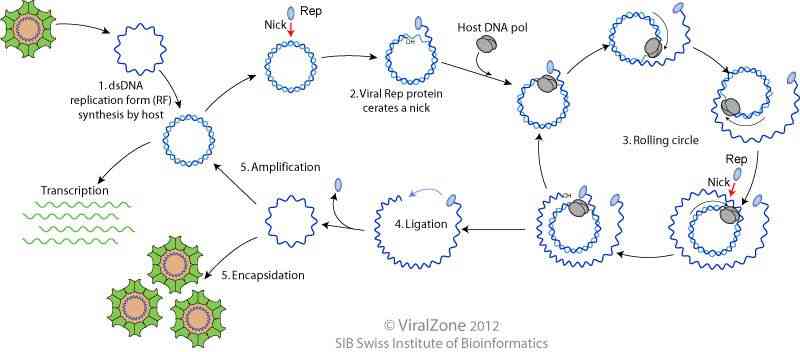
Class III: Double-stranded RNA (dsRNA) viruses:
Double-stranded RNA viruses depend as heavily on host polymerases as DNA viruses. The strands separate, and one of the strands is used as a template for the creation of mRNA using the RNA-dependent RNA polymerase.The genomes of Class III viruses can be segmented.
Examples include Rheoviridae and Birnaviridae.
Class IV: Single-stranded RNA (ssRNA) viruses:
Class IV ssRNA viruses have positive-sense or positive polarity RNA genomes, which means, they can be directly used as mRNA and read by ribosomes for protein translation. Replicative intermediates are made in the process. Multiple, full-length RNA strands of negative polarity are formed from these intermediates, that serve as templates for positive polarity RNA production.
The polyprotein is formed from polycistronic mRNA, which is subsequently cleaved to form separate proteins. Viruses with complex transcription use proteolytic processing and ribosomal frameshifting to produce multiple proteins from the same genetic sequences.
Examples of some Class IV viruses include Flaviviridae and Coronaviridae.
Class V: Single-stranded RNA (ssRNA) viruses:
Class V viruses have a negative-sense or negative polarity RNA genome. This means they have to be transcribed by a viral polymerase to produce a readable mRNA strand. The genomes of these viruses can be non-segmented or segmented.
Some viruses in Class V include Orthomyxoviridae and Paramyxoviridae.
Class VI: positive-sense ssRNA reverse transcriptase viruses:
Viruses of this group have a single-stranded, positive-sense RNA genome, but replicate through a DNA intermediate. The RNA is converted to DNA through reverse transcriptase, and then the DNA is spliced into the host genome for further transcription and translation.
Most retroviruses, such as HIV, are class VI virus.
Class VII: Double-stranded DNA (dsDNA) reverse transcriptase viruses:
These viruses have a partial dsDNA genome, also known as a gapped genome. Unlike Class I viruses, they replicate via an ssRNA intermediate that acts as an mRNA. The genome is gapped and successively filled in to form a closed circle that serves as a template for viral mRNA production. To reproduce the genome, RNA is reverse transcribed back to DNA with the help of reverse transcriptase.
Hepatitis B is a Class VII virus.
Host-Virus Relationship:
We know that virus is an obligate pathogen. A virus requires a suitable host to replicate. Viral contamination involves the amalgamation of viral DNA into a host cell, replication of the viral genome, and the release of the new viruses. The introduction of a virus in a host cell can cause dramatic changes in the native host chemical processes, which may damage the cell and therefore cause disease. “Disease” is a consequence of the binding of some viral protein in the host metabolic system.
There are two types of hosts:
- Permissive host
- Non Permissive host
Permissive Host:
Permissive host allows the virus to circumvent its defenses and have access to its internal cell machinery. The permissive host can further be divided into three categories:
Category 1: Virus enters the host and carries out replication. Due to ongoing replication, different viral parts form and assembles inside the cell. At some point, the cell lyses, and new viruses release in the environment. This is known as the lytic cycle.
Category 2: Virus enters the host body, and the viral genome gets integrated with the host genome and continues to proliferate with the host chromosome without negatively affecting the host. This is known as the lysogenic cycle.
Under some conditions (i.e., genetic insult by the host), the lysogenic cycle can turn into a lytic cycle which may damage the host cell.
Category 3: This occurs between a slightly defective virus and a normal host or vice-versa. The virus transforms the host cell. The host cell behavior changes due to biochemical changes. At this stage, the host cell is also referred to as a “cancerous” cell.
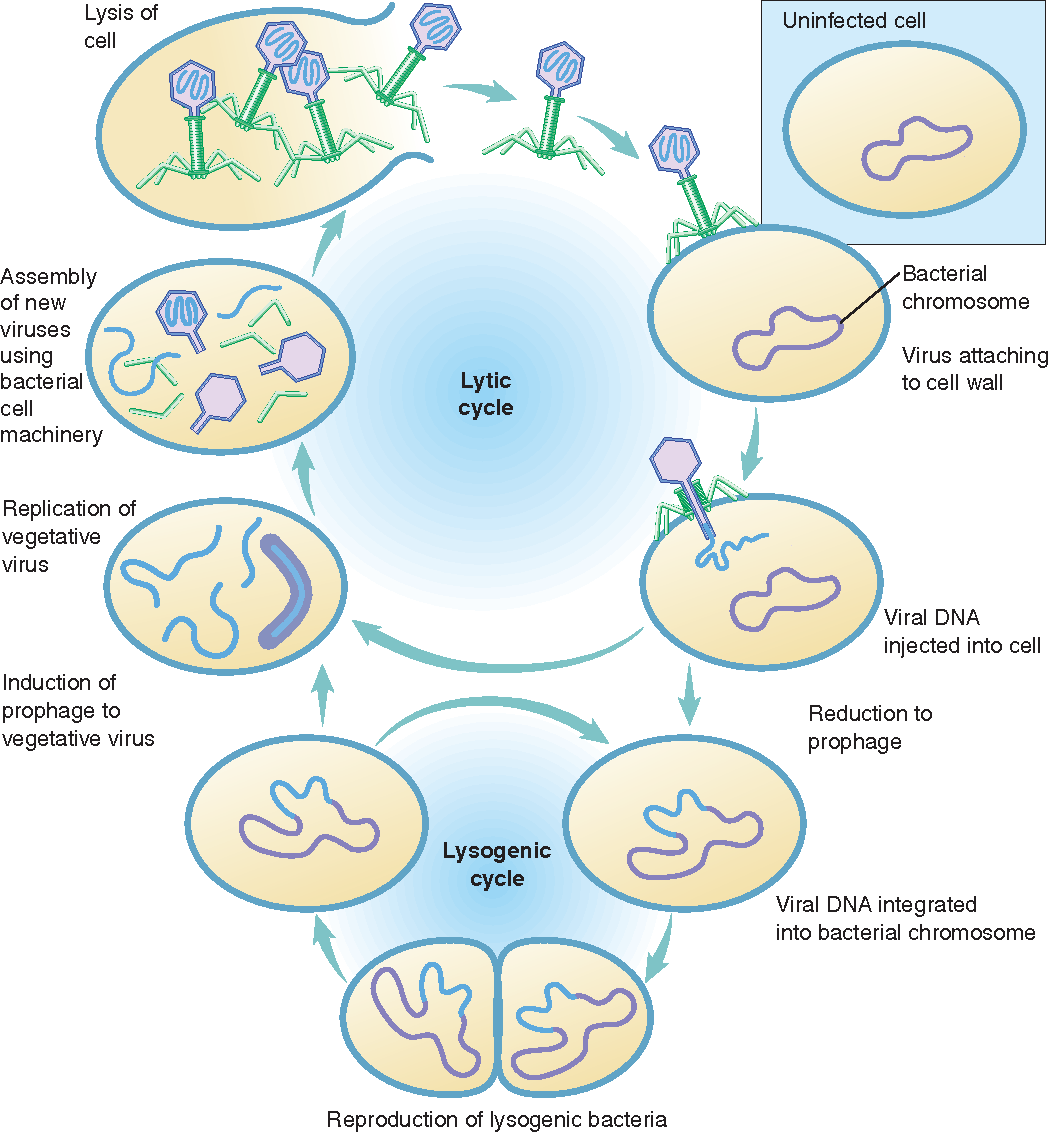
Non-Permissive Host:
A cell that does not favor autonomous viral replication; it may not avert; however, the incorporation of the virus into the gene where the virus may induce neoplastic transformation.
Importance of Virus:
Viruses are so diverse; they can infect almost every life form. Since they are a very simple life form (maybe we are wrong here), they are of great interest to researchers from various fields.
In Agriculture:
In-plant biotechnology, viruses are used as vectors to deliver new traits to the target plant genome. This opens up an excellent opportunity to create GM plants. Recently, myxovirus was used to control the rabbit population in Australia. Also, biological pest control is directed with the help of viruses. Because viruses are host-specific, they don’t cause any harm to crops and other organisms.
In Medicine:
Medicine without the viruses is unthinkable. Vaccines are made of inactive or partially inactive viruses. Some viruses attack other bacteria. Since viruses are host-specific, they have great potential to be used as antibiotics. Further research about the possibility of using viruses as antibiotics is in progress. Research shows that Latent herpesviruses also arm NK cells of our immune system, which eliminates both tumor cells and cells that are infected by pathogenic viruses.
In Biochemistry, Molecular Biology, and Biotechnology:
The field of biochemistry, molecular biology, and biotechnology is heavily dependent on viruses. In biotechnology, they are used as vectors to create recombinant DNA. In molecular biology and biochemistry, they are used for genetic research. Viruses can exchange genetic information between hosts; this makes them a great learning resource in understanding cellular processes like transcription, translation, protein formation, and genetic variations.
Disadvantages of viruses:
Even though viruses have many uses, they have many disadvantages too. Viruses are known as disease creating agents or pathogens. They can be used in biological warfare to create a pandemic situation. Even though viruses are host-specific, some viruses may change their native host and can cause disease in other organisms. Zoonotic viruses are a great example of this. The SARS-CoV-2, which is widely known for causing COVID-19, is a zoonotic virus.
Congratulations, you’ve read through the whole article, here is a small bonus for you:
The viral DNA leads the host cell’s replication proteins to create new viral genomes in the case of DNA viruses. The cell machinery is also used to transcribe and translate that genome into viral proteins.
RNA viruses contain RNA as their genetic material. The RNA viruses code enzymes that can replicate RNA into DNA; this is something the host cell cannot do. These RNA polymerase enzymes are more prone to make copying errors than DNA polymerases. Therefore, mistakes are introduced very often during transcription. Because of this, mutations in RNA viruses occur more recurrently than in DNA viruses. This causes them to create variation and adapt more swiftly to their host. This also renders the process of vaccine creation very hard. Diseases caused by RNA viruses include measles, hepatitis c, etc. The Covid-19 is also caused by an RNA virus that has created a global pandemic that started in 2019, originated in Wuhan, China.
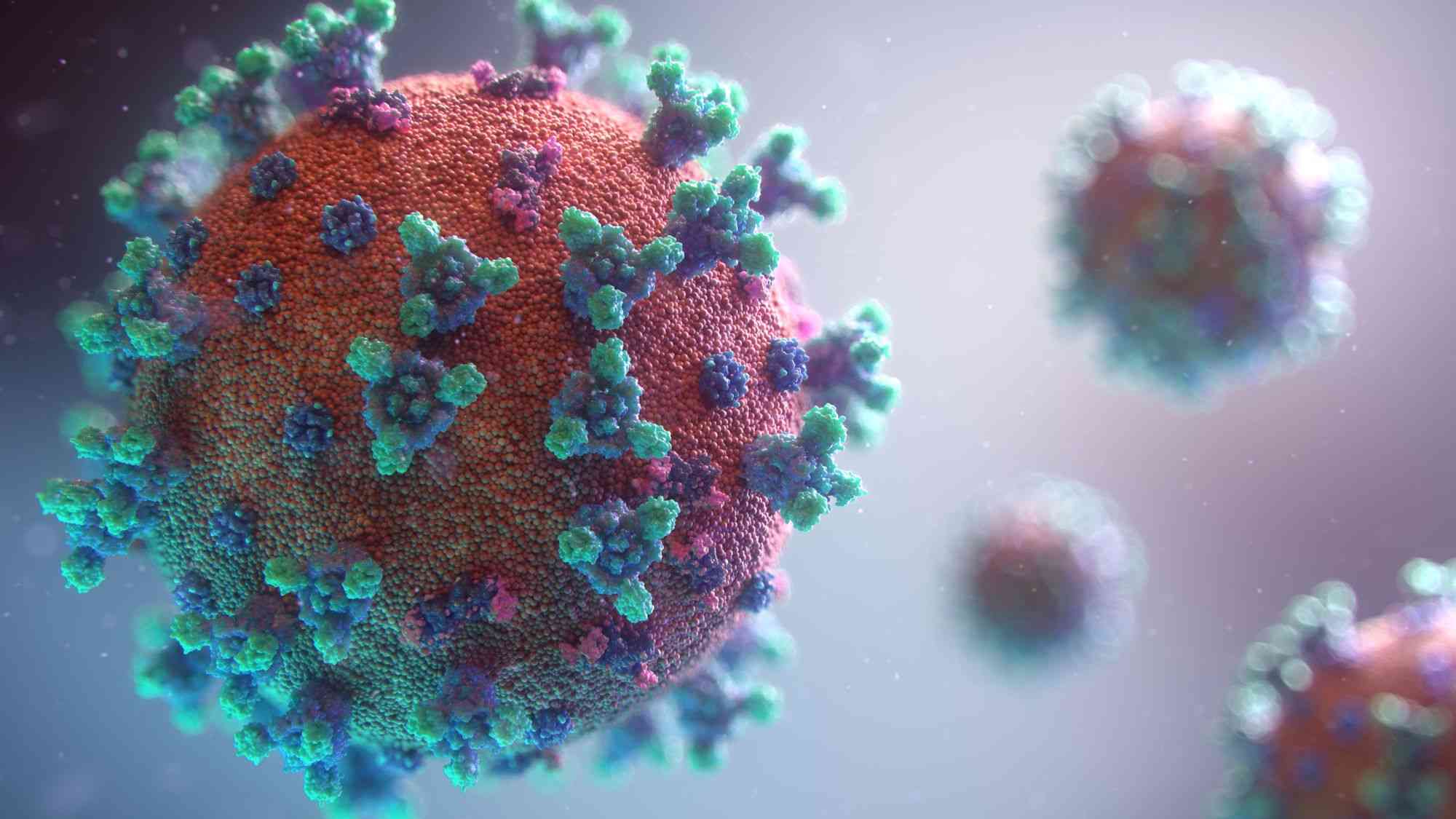
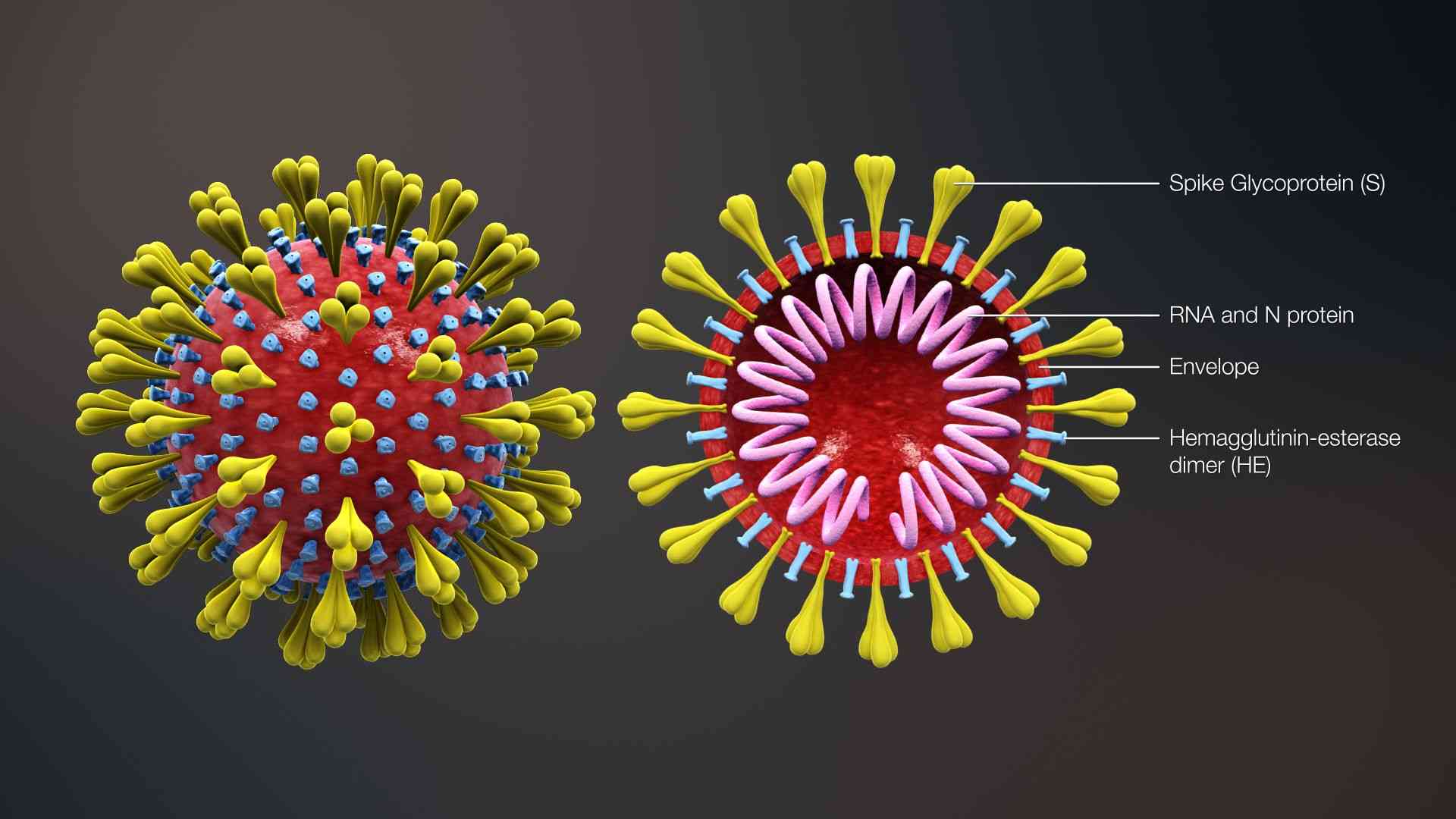
Sources:
- Baltimore Classification. Retrieved from https://bio.libretexts.org/Bookshelves/Microbiology/Book%3A_Microbiology_(Boundless)/9%3A_Viruses/9.3%3A_Classifying_Viruses/9.3B%3A_The_Baltimore_Virus_Classification on 07/01/2020
- ssDNA Rolling circle. Retrieved from https://viralzone.expasy.org/1941 on 07/01/2020
- The Baltimore classification clusters viruses into families depending on their type of genome. Retrieved from https://viralzone.expasy.org/254 on 07/01/2020
- Prescotts Microbiology by Joanne Willey, Linda Sherwood, Christopher J. Woolverton.
- Microbiology A Systems Approach by Marjorie Kelly Cowan & Heidi Smith
Subscribe to our newsletter to stay updated


